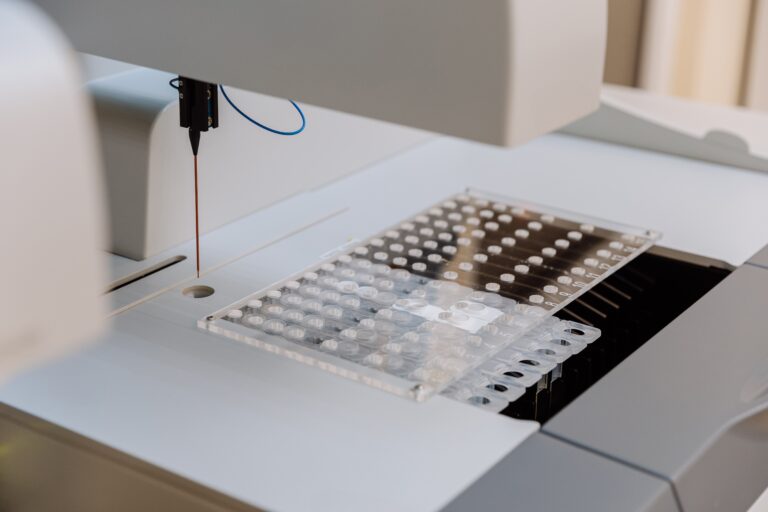Platomics announces new collaborations Read the Press Releases

An overview of the latest IVDR timeline changes
The EC has now published an extended IVDR timeline that helps manufacturers but does little to ease the burden on labs.
In the hopes of preventing a supply disruption of in vitro diagnostic medical devices for EU patients, the European Council recently passed and has now published another round of changes to the IVDR transition timeline.
IVD manufacturers have scored some relief that will make it less exasperating to keep their products on the EU market. Labs, on the other hand, have won a lesser reprieve.
Changes affecting manufacturers
The adopted measures allow manufacturers an additional 2.5 years to get their legacy products CE-certified under IVDR, with certain conditions.
- For high risk class D products the deadline has moved from 2025 to the end of 2027.
- For class C products the deadline has moved from 2026 to the end of 2028.
- For class B and class A sterile products the deadline has moved from 2027 to the end of 2029.
These new deadlines may only be used by manufacturers actively transferring their devices to IVDR. To be eligible, they must lodge a formal application with a Notified body and have it accepted.
Manufacturers, take note: The bottleneck with Notified Bodies has already loosened up and most currently have capacity. Manufacturers who put off applications risk getting stuck in a last-minute clog.
Also adopted is a gradual rollout of EUDAMED, the electronic system for tracking medical devices. Some EUDAMED modules will now become mandatory as soon as they are ready to go, rather than waiting for all modules to be in service.
Further, manufacturers have another year, until May 26, 2025, to implement an acceptable QMS.
Finally, manufacturers are now required to notify member states’ national competent authorities, as well as their distributors and the health institutions they supply directly, at least 6 months in advance of an anticipated supply interruption for certain devices.
Changes affecting labs
Based on the above, labs will know ahead of time about looming test shortages.
But most importantly, labs will have another 2.5 years before they need to justify the use of in-house IVDs over comparable commercial products. This mandate will begin in 2030 instead of 2028, though labs should start monitoring the market earlier.
This delay may seem far off and abstract for labs, who are currently hard-pushed to meet the other requirements.
An important note to labs: The one-year extension to implement a suitable QMS granted to manufacturers does NOT apply to labs, who were to have met this requirement by May 26, 2024, alongside the other Article 5.5 requirements.
*Disclaimer: We have compiled the above information to the best of our knowledge, yet our blog entries do not constitute expert advice and cannot substitute your own examination of the legal situation applicable to you and your organization.



